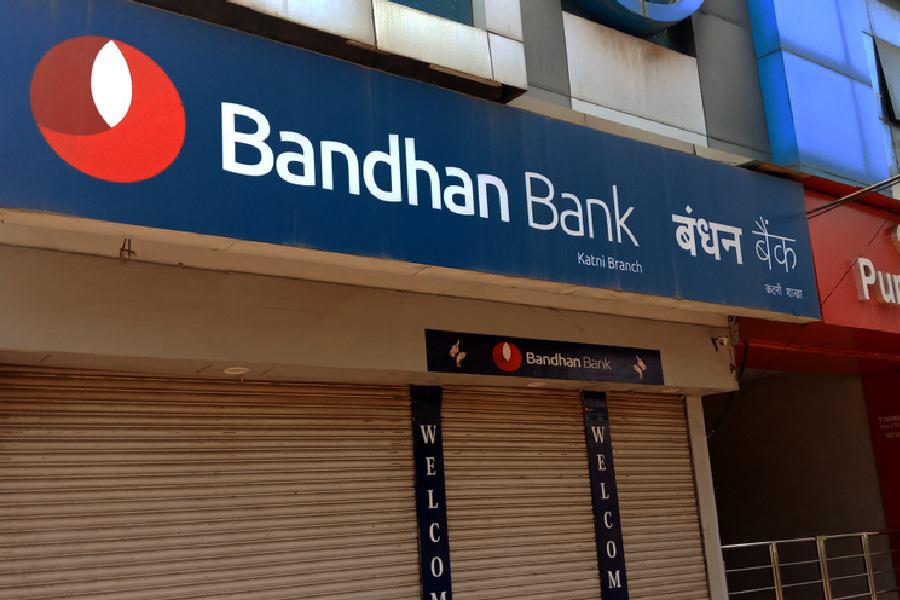Bandhan Bank on Friday reported a 47 per cent growth in net profit during the quarter ended June 30, aided by an improvement in net interest income and lower provisions. Net profit during the quarter was at ₹1,063 crore compared with ₹721 crore in the corresponding quarter of the previous year.
Net interest income during the quarter was at ₹3,005 crore compared with ₹2,491 crore as of Q1 FY24, a growth of 21 per cent. This was supported by a 22 per cent growth in gross advances during the quarter to ₹1.26 lakh crore from ₹1.03 lakh crore in the corresponding quarter the previous year.
Provisions (other than tax) and contingencies during the quarter stood at ₹523 crore compared with ₹602 crore in Q1 FY24.
“Quarter 1 for Bandhan Bank has always been a soft quarter in previous years. However, this time we have seen all round improvement of the major parameters. We have seen robust financial results driven by a pickup in business momentum, stable margins, good control over operating expenses and improving asset quality performance,” said Ratan Kumar Kesh, MD and CEO, Bandhan Bank. The bank’s gross NPA improved year-on-year to 4.2 per cent in Q1 FY25 compared with 6.8 per cent in Q1 FY24.
Capital adequacy ratio of the bank as of June 30 was at 15.7 per cent (including profit) compared with 20.5 per cent as of June 2023. This was primarily due to an increase in risk weights on the microfinance (EEB) portfolio.
“In November 2023, the RBI mandated higher risk weights on consumer credit from 100 to 125 per cent with specific exemptions. The bank immediately complied with the same for our consumer credit portfolio. The EEB portfolio was treated as regulatory retail for risk weights computation at 75 per cent since the beginning under the extant guidelines. The circular had clearly mentioned that MFI loans were exempted for NBFCs from the increase in risk weights. However, there was no explicit mention of such exemption for scheduled commercial banks,” Kesh said.
“After consultation and with approval of the board, the management has taken a decision to increase and apportion higher risk weights of 125 per cent for the entire EEB portfolio from the earlier 75 per cent. This increase in risk weights of our EEB portfolio has an impact of about 362 bps on our overall capital adequacy ratio,” Kesh said.
He added that the process for identifying potential candidates to take the role of MD and CEO of the bank is on track. Kesh has been appointed as the interim CEO.











